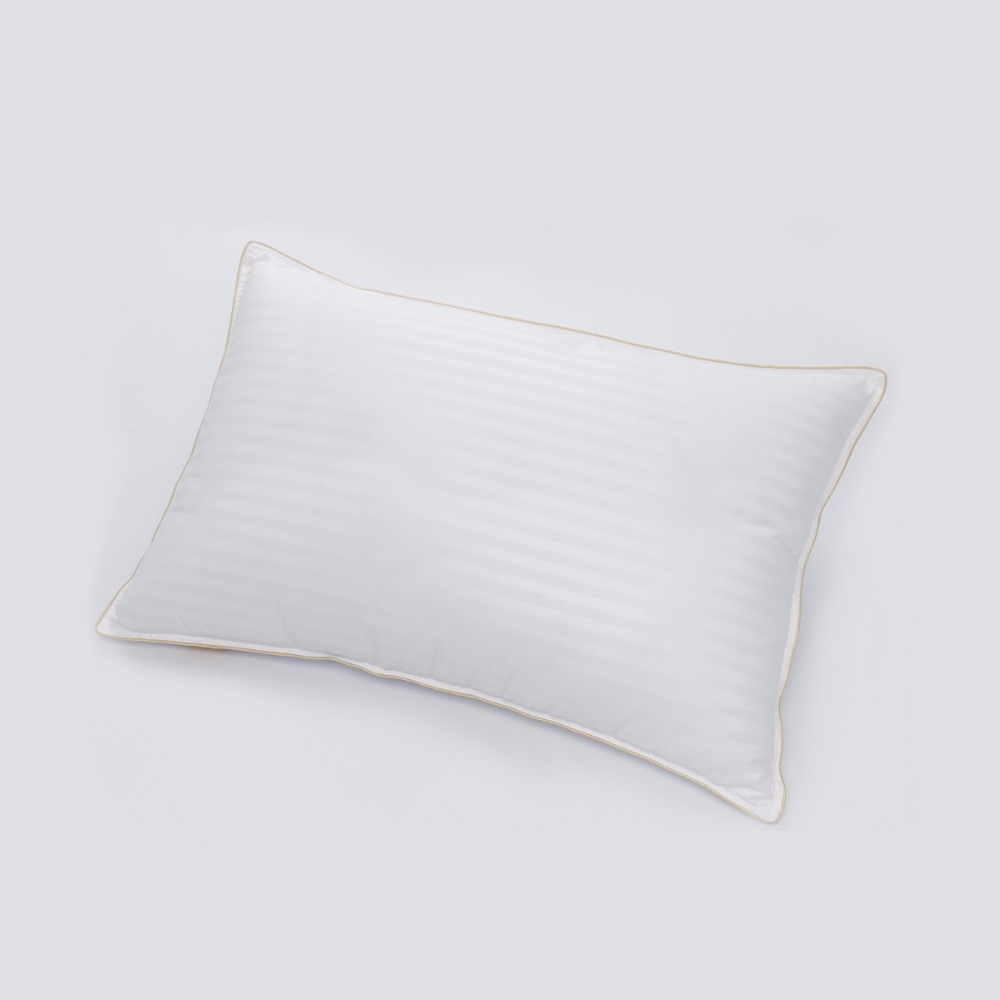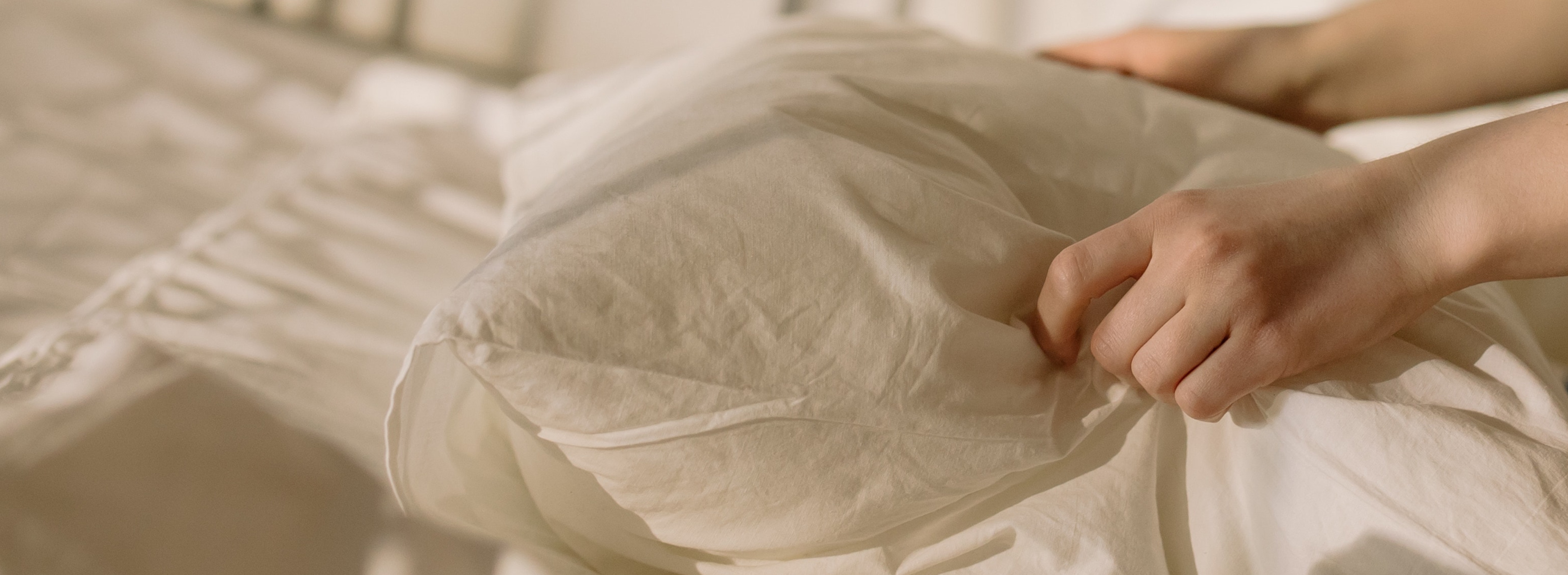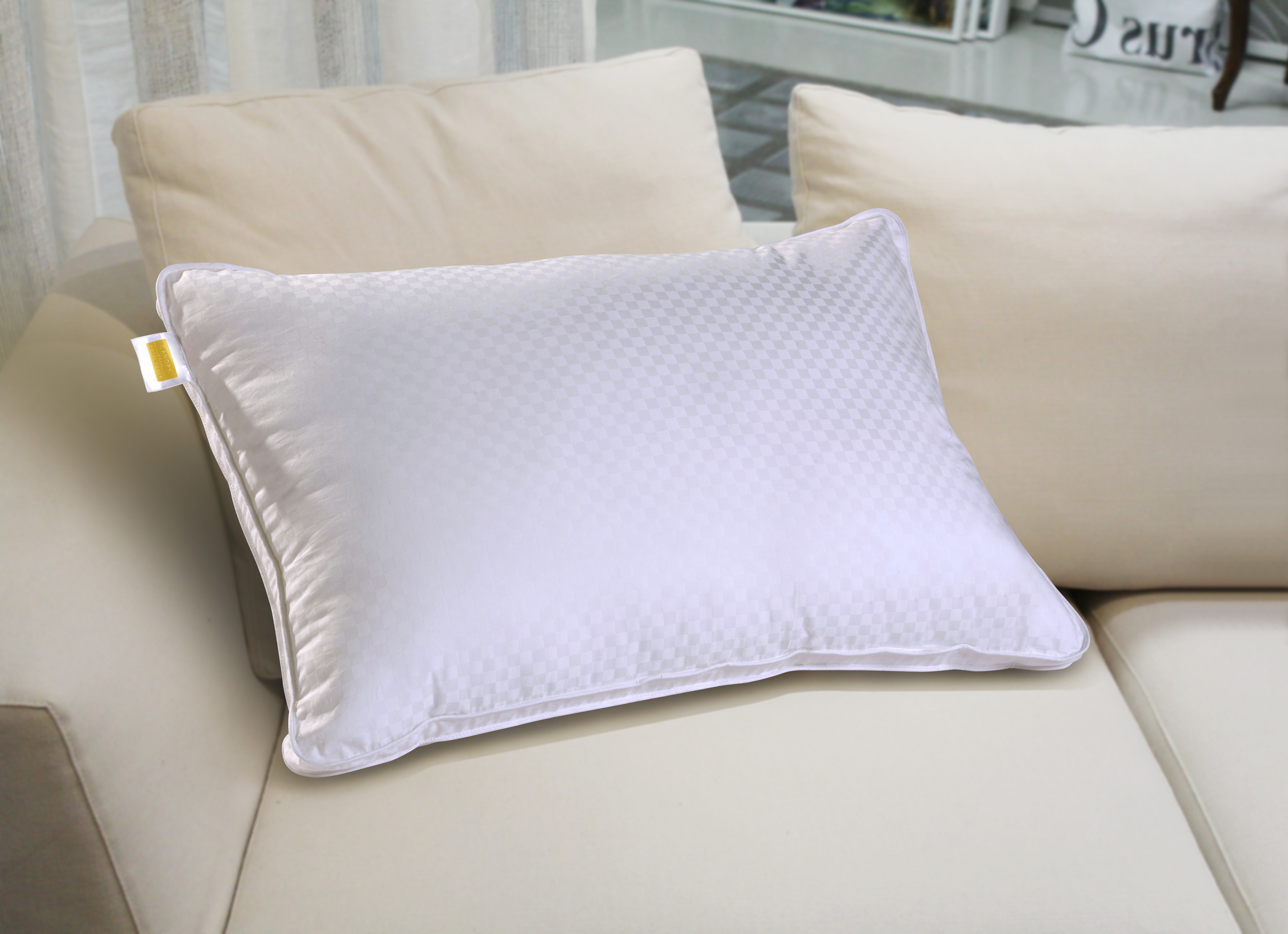When was the last time you thought about your bed pillows? If your answer is “it’s been a long time,” or “not at all,” you’re not alone. Mattresses get a lot of attention, for good reason. Your mattress is the largest, most important financial investment you’ll make in your sleep. But when it comes to sleep quality, pillows are almost as important as your mattress.
If you’re sleeping on a worn-out pillow, scrunching and folding it up every night to get comfortable, that’s a red flag that it’s time to update. Even if your pillow isn’t old and deflated, it might not be the best choice for your comfort and support.
When is it time to replace your pillow?
As a general rule, bed pillows need to be replaced after 18 months. Memory foam pillows typically last longer, up to three years. Natural pillows tend to last longer than synthetic pillows. And higher quality pillows will last longer than inexpensive ones. If you’re using pillow that’s five or six years old, you’re not getting the support you need—and you’re not sleeping as comfortably as you could.
It may seem like a short life, but think about it: your pillow gets used about 7-8 hours a night—that’s more than 2,500 hours a year! Like your mattress, your pillow is an investment in high-quality sleep, which pays dividends across your waking life.
If you’re not sure whether your pillow has life left in it or not, you can do some simple tests:
First, take off the pillowcase and over, and examine your pillow. Does it have stains from sweat? Is it torn? Does it smell? These are all signs of a pillow that needs replacing. Pillows collect dead skin cells, mildew, mold, fungus, and dust mites (as well as their feces). Over time, as much as half the weight of a pillow can be attributed to these unwelcome organisms, which can trigger allergies, interfere with breathing during sleep, and put out odors that make it harder to sleep well.
If your pillow passes the sight and smell test, it’s time to do the fold test:
Fold your pillow in half. If it just lies there folded, rather than springing back to its original shape, that is a dead pillow. With natural fill pillows, you can do this test over your arm. Does your pillow drape and hang down over your extended arm? That’s a pillow that’s exhausted its useful life.
With synthetic pillows, fold in half and add some weight to the top a sneaker or shoe works well. Take the weight away, and if your pillow doesn’t spring back to its original shape, it’s time for a replacement.
With large, king-size pillows whether natural or synthetic you’ll want to fold into thirds, rather than in half.
Why your pillow matters
A good sleeping posture is key to sleeping soundly, night after night, and to waking without pain and stiffness. Your pillow helps to support a healthy sleep posture. What does that posture look like? A body in alignment, from the knees and hips, through the spine to the chest and shoulders, head and neck.
If your neck and shoulders don’t get sufficient support, or are propped at an angle that causes twisting, craning, or crunching, this puts your spine and body out of alignment, leading strain and discomfort in your neck, shoulders, and back, as well as sleeplessness.
As with your mattress, comfort and support are both important in selecting the right pillow. The best pillow for you is one that feels comfortable to rest your head on, and supports your head, neck, and shoulders and matches your mattress.



